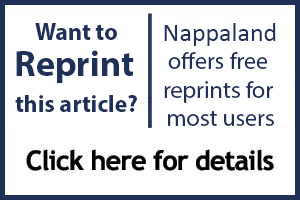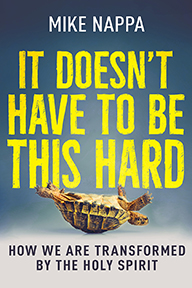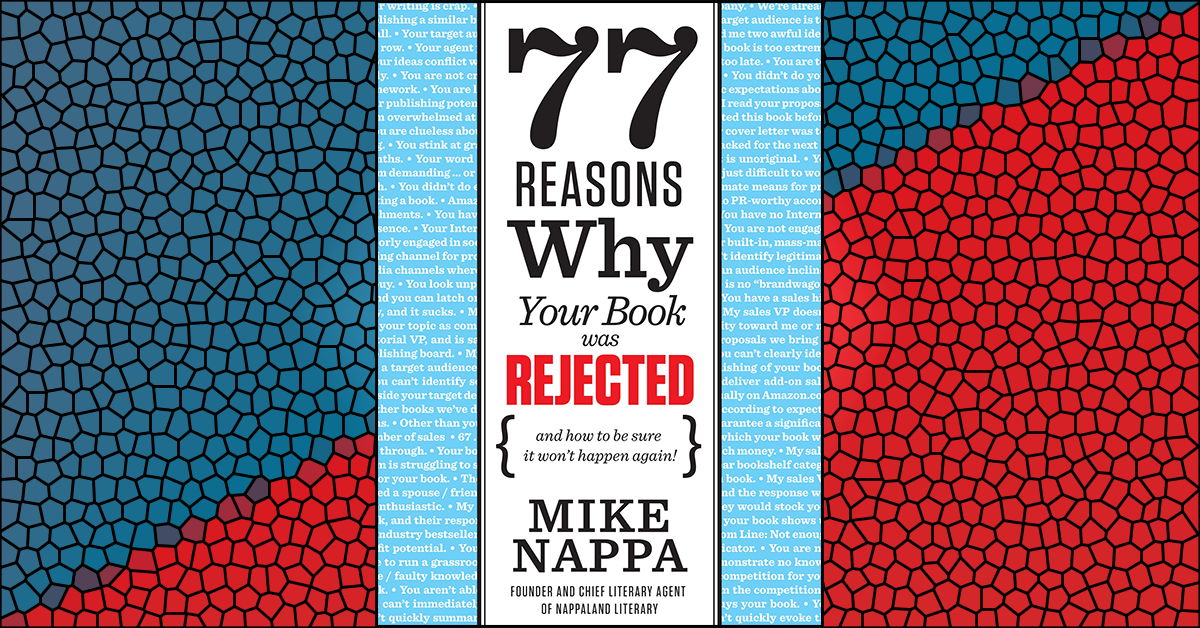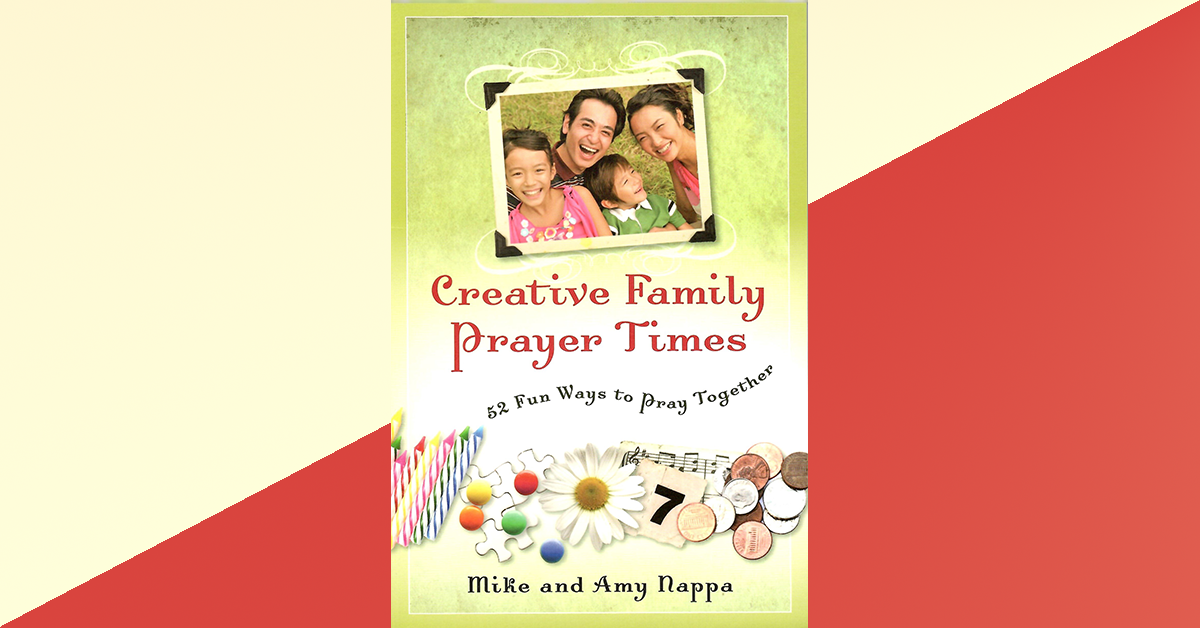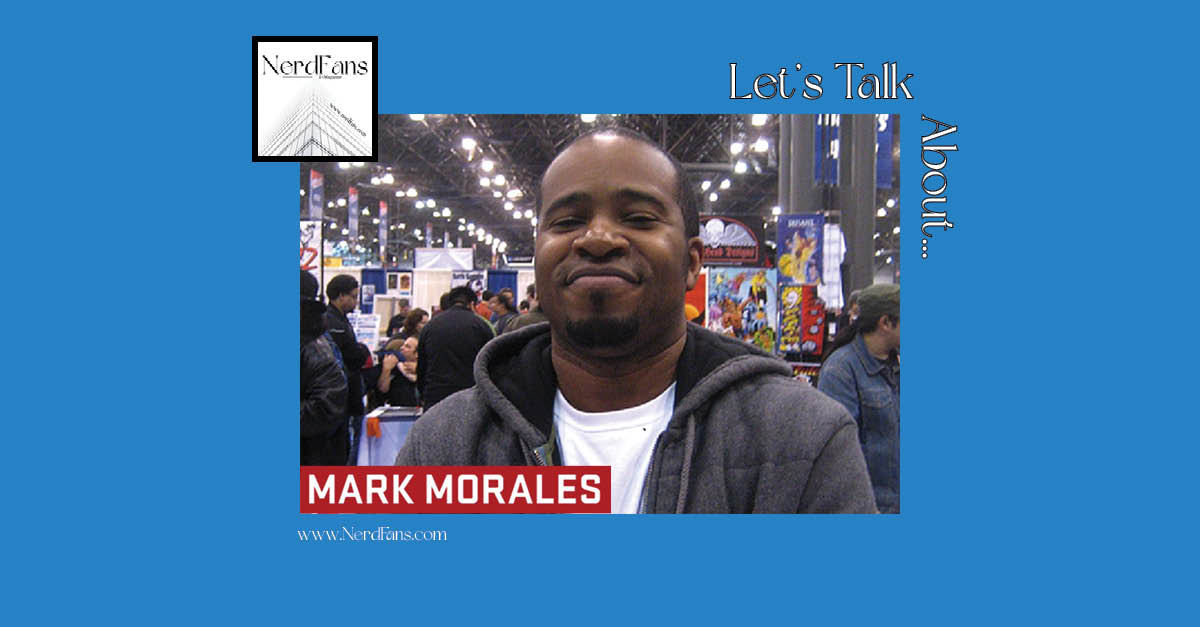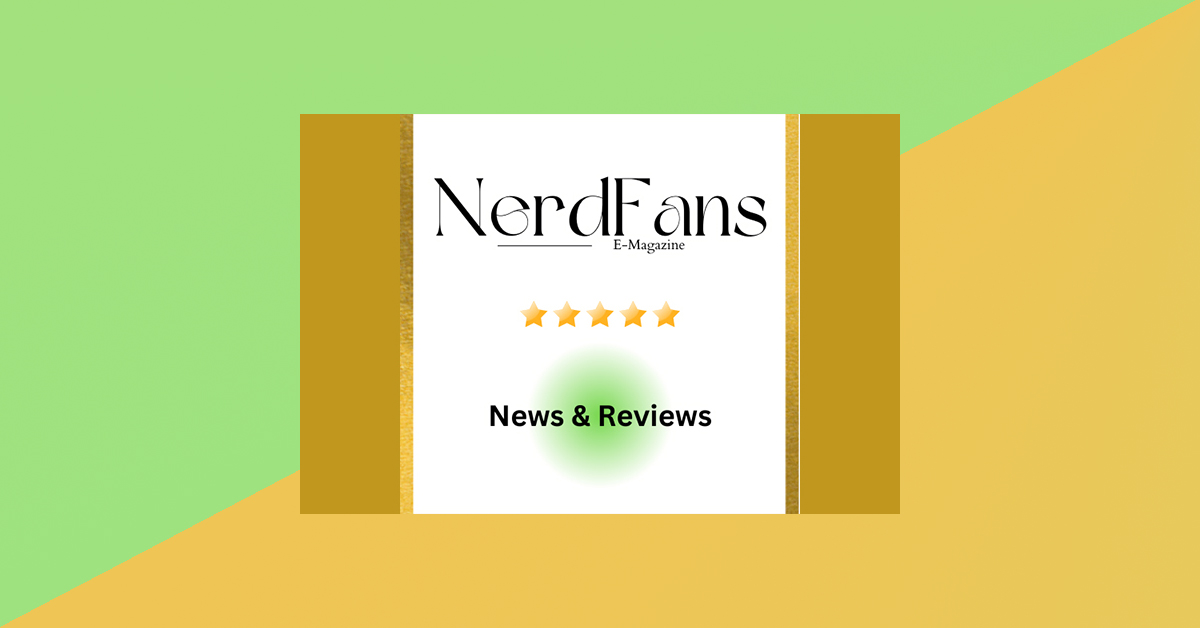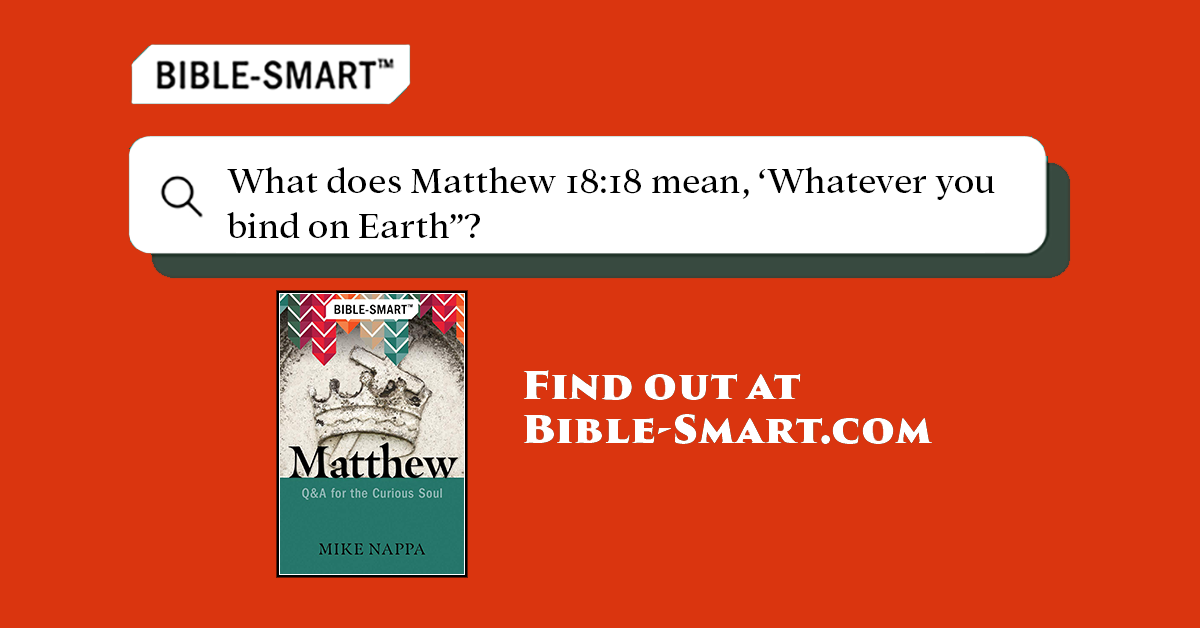A Sales Team reason for rejection
Here’s a pop quiz for you: Consumer behavior experts identify 14 “justifiers” that people use to convince themselves that it’s OK to buy something. How many of those can you name?
Ready…Go.
Done so soon?
Here are the correct answers, based on Pamela Danziger’s consumer buying research through Unity Marketing:
- Quality of Life
- Pleasure
- Beautify Home
- Education
- Relaxation
- Entertainment
- Planned Purchase
- Emotional Satisfaction
- Replace an Existing Item
- Stress Relief
- Hobby
- Gift for Self
- Bought on Impulse
- Status
How many justifiers did you come up with? All 14? 10? Five? One?
Chances are, even if you got some right, you simply guessed at what they were. Chances are also good that my Sales VP is intimately acquainted with the majority of the items on this list. She has to be, because those justifiers are keys to her getting people to buy your book.
Hm. There are 14 primary reasons people use when deciding whether or not to buy your book. And my Sales VP is very interested in how those reasons are displayed in your book. And you want both my Sales VP and the eventual reader to be very interested in buying your book….
So, class, what does that mean, in practical terms, for the aspiring author who wants to avoid rejection? Anyone? Anyone? Bueller?
The obvious answer is twofold.
- First, you should make sure your book offers something that makes spending money on it justifiable to a reader.
- Second, you should make sure your proposal shows my Sales VP why she’s justified in spending money to contract your book.
Sounds easy, right? Well, that dear reader, is your next test…
What You Can Do About It
1. Grade your book in all 14 areas.
After your manuscript is ready, but before you’ve written the full proposal section for it, take the list of 14 “justifiers” above and rate your book in each category. Does your book clearly, and emphatically help a reader improve her quality of life? Give yourself an A+ in that category. Does your book miss out on helping a reader beautify his home? Be honest, give yourself an F in that category.
Go through all 14 justifiers to see where your book’s strengths lie—and remember it’s OK for your book to miss out on several justifiers. The important thing is to find at least three or four A+ ratings on your list. Those then become part of the “Reader Benefits” statements that you’ll include in your proposal (see Reason #34 for more on benefits). When you highlight those benefits of your book in terms of how they motivate readers to buy, you’ll get the attention of my Sales VP (and my Marketing VP as well!).
2. Keep track of why you buy.
For the next three months, keep a record of every book or magazine you buy. Write down the title that you bought, and then in a column next to it, write down one specific reason why you bought it. If it seems to fit into one of the 14 justifiers categories, fine. If not, write down in your own words what motivated you enough to spend your hard-earned money on it.
After three months, organize your list to reflect which justifiers were most influential on your book-buying decisions. Then ask yourself, “What can I learn about book-buyer motivation from what I see in my own buying habits? And how can I use that information to help me convince others to buy my book?”
3. Read a few good books on consumer behavior.
Sure, this seems like a lot of homework for you when all you really want to do is write a great novel or the next awesome business book, but trust me, it’s worth it. Just keep a consumer behavior book on the back of the toilet at home and get that education a few minutes each day. The investment will pay off. If you understand why people buy, you can help explain to a publisher why they’ll buy your book.
There are many good books on this topic available today, but two that I’d recommend are (obviously) Why People Buy Things They Don’t Need by Pamela N. Danziger and Buyology by Martin Lindstrom.
Looking for more? Check out these links:


